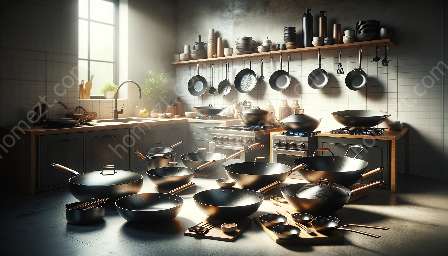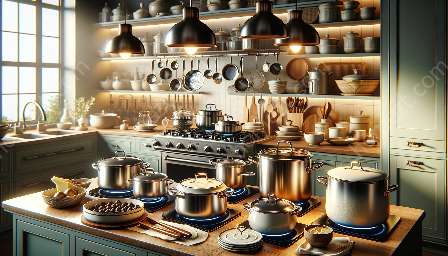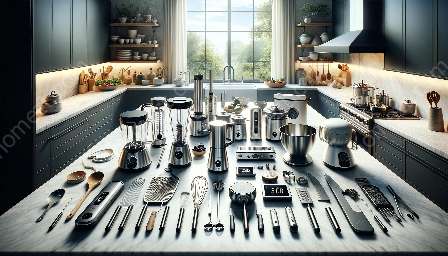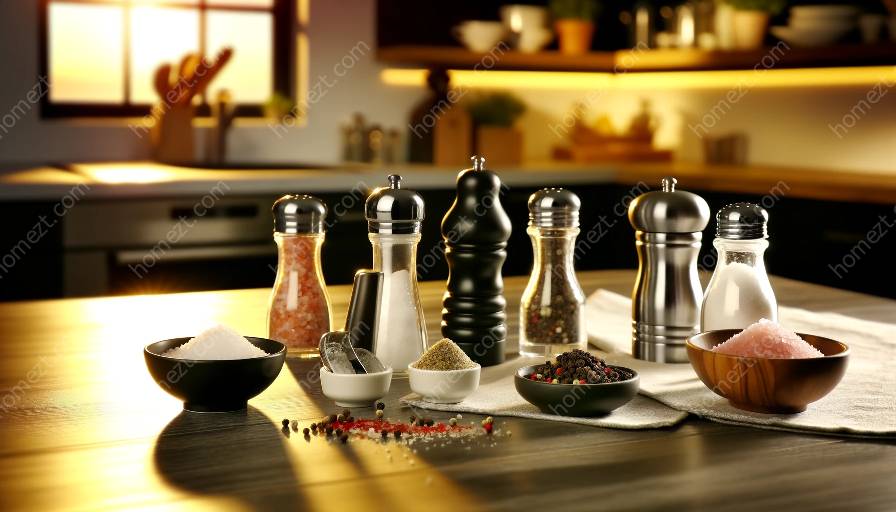As essential ingredients in the art of cooking, salt and pepper play a crucial role in elevating the flavors of various dishes. Understanding the different types of salt and pepper, best practices for seasoning, and how to pair them with suitable salt and pepper shakers is vital for any home chef or cooking enthusiast.
Understanding Various Types of Salt and Pepper
Salt and pepper are indispensable in the kitchen, and their diverse types and flavors can significantly influence the overall taste of your dishes. From common table salts to gourmet sea salts and from black peppercorns to exotic peppercorn blends, the world of salt and pepper offers a range of options to experiment with.
Salt Varieties
The most common types of salt include table salt, kosher salt, sea salt, and Himalayan salt. Each type has its distinct texture, flavor, and usage. Table salt, for instance, is finely ground and is perfect for general use, while kosher salt's coarse texture makes it ideal for seasoning dishes during cooking. On the other hand, sea salt, harvested from evaporated seawater, brings a subtle briny flavor, while Himalayan salt adds a touch of minerality and unique color to your dishes.
Pepper Varieties
When it comes to pepper, the choices include black pepper, white pepper, green pepper, and specialty peppercorn blends like pink peppercorns and Sichuan peppercorns. Each variety offers its distinctive flavor profile, ranging from robust and pungent to fruity and floral. White pepper is known for its milder flavor, while green pepper provides a fresh and zesty taste. Specialty peppercorn blends offer unique sensory experiences, making them ideal for gourmet dishes and culinary experimentation.
Best Practices for Seasoning with Salt and Pepper
Seasoning with salt and pepper is more than mere sprinkling; it's an art that requires consideration of quantity, timing, and technique. Proper seasoning enhances the natural flavors of the ingredients and elevates the overall taste of the dish.
Salting Techniques
When salting, it's crucial to season sparingly and gradually taste as you go. Salt should be evenly distributed to ensure balanced flavors throughout the dish. For certain cuts of meat or vegetables, dry-brining in advance with salt can enhance tenderness and flavor penetration, resulting in a more delectable dish.
Peppering Techniques
Pepper, when used freshly ground, releases its aromatic compounds, intensifying the flavors of the dish. Whether it's a fine dusting of black pepper on a creamy risotto or a bold sprinkle of cracked peppercorns over a steak, the right amount of pepper can truly elevate the dish. Experimenting with different types of pepper and grinding mechanisms can add depth and complexity to your culinary creations.
Choosing the Ideal Salt and Pepper Shakers
Just as essential as the salt and pepper themselves are the vessels that hold and dispense them – the salt and pepper shakers. These humble yet crucial kitchen tools come in a variety of designs, materials, and functionalities, adding both utility and aesthetic value to your dining experience.

















